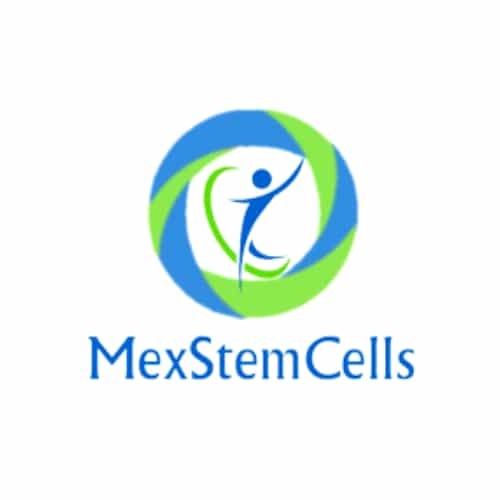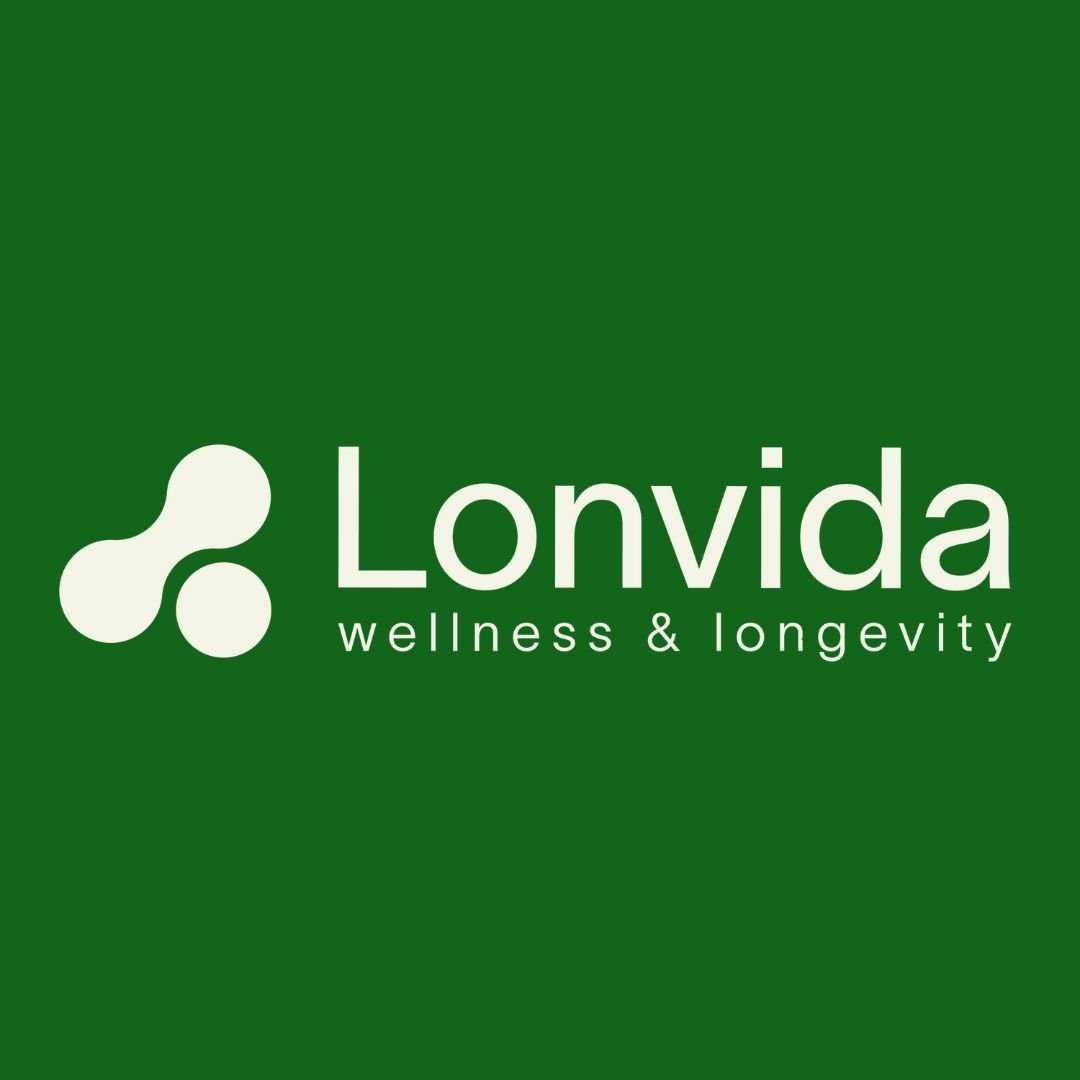Understand Stem Cell Therapy for Hip Replacement in Mexico
.jpg)
Navigating hip pain and considering treatment options can be overwhelming, especially when weighing surgical interventions against newer, regenerative approaches. For many, the idea of undergoing a major surgery like a hip replacement is daunting, leading them to explore less invasive alternatives.
This is where stem cell therapy often enters the conversation, particularly for those looking abroad for more accessible or advanced treatments. Mexico has emerged as a significant destination for medical tourism, offering various procedures, including stem cell therapies, at a fraction of the cost found in other countries.
The core question remains: is stem cell therapy a genuinely good alternative to hip replacement in Mexico?
While stem cell therapy holds significant promise in the field of regenerative medicine, aiming to repair damaged tissues and reduce inflammation, its suitability as a direct replacement for hip surgery depends heavily on the individual's condition, the severity of their hip damage, and the specific type of stem cell treatment received.
It's crucial to understand the nuances, potential benefits, risks, and regulatory landscape before making a decision. This guide will help you understand if this innovative treatment could be the right path for your hip health needs.
Is Stem Cell Therapy Effective for Hip Pain?
Stem cell therapy has shown promise in alleviating hip pain by addressing the root causes of discomfort, such as cartilage degeneration and inflammation. The treatment works by injecting concentrated stem cells, often derived from the patient's own body (autologous) or from donor sources (allogeneic), into the affected hip joint.
These cells have the unique ability to differentiate into various cell types, including cartilage and bone cells, and possess strong anti-inflammatory and immunomodulatory properties.
Patients often report a reduction in pain, improved joint function, and increased mobility following stem cell therapy. While results can vary widely depending on the individual's condition, the type of stem cells used, and the expertise of the clinic, many find significant relief.
It's important to note that while stem cells can help regenerate damaged tissue, they might not fully restore a severely degenerated joint to its original state, but they can significantly improve quality of life by managing pain and delaying or avoiding the need for surgery.
What Conditions Can Stem Cell Therapy Treat for the Hip?
Stem cell therapy is being explored and utilized for a range of hip conditions where tissue damage and inflammation are central problems. It is particularly effective for:
- Osteoarthritis (OA): This is the most common application, especially for early to moderate stages where cartilage is wearing down, causing pain and stiffness. Stem cells can help slow down degeneration and promote cartilage repair.
- Avascular Necrosis (AVN) of the Femoral Head: In AVN, the blood supply to the bone tissue in the hip joint is interrupted, leading to bone death. Stem cells can help regenerate bone tissue and improve blood flow, potentially preventing the need for hip replacement if caught early.
- Labral Tears: Tears in the labrum, the cartilage rim that stabilizes the hip joint, can cause pain and catching sensations. Stem cells can aid in the healing process of these soft tissues.
- Tendinopathies and Ligament Injuries: Chronic inflammation or tears in the tendons and ligaments around the hip can also benefit from the regenerative and anti-inflammatory effects of stem cells.
It's crucial to consult with a specialist to determine if your specific hip condition makes you a suitable candidate for stem cell therapy, as advanced degeneration or severe structural damage might still necessitate surgical intervention.
How Does Stem Cell Therapy Work for Hip Issues?
The mechanism of action for stem cell therapy in treating hip issues is multifaceted and relies on the unique properties of mesenchymal stem cells (MSCs), which are commonly used in these treatments. Once injected into the hip joint, these cells perform several key functions:
- Anti-inflammatory Effects: Stem cells release powerful anti-inflammatory molecules that can significantly reduce swelling and pain within the joint, which is a major contributor to discomfort in conditions like osteoarthritis.
- Immunomodulation: They can regulate the immune response, preventing the body from further attacking its own tissues, which is particularly beneficial in autoimmune-related joint issues or chronic inflammatory states.
- Tissue Regeneration: Stem cells have the potential to differentiate into specialized cells like chondrocytes (cartilage cells) and osteocytes (bone cells). This regenerative capacity helps to repair and rebuild damaged cartilage and bone tissue, improving the structural integrity of the joint.
- Growth Factor Secretion: Stem cells secrete various growth factors that stimulate the body's natural healing processes, attracting other reparative cells to the site of injury and enhancing tissue repair.
The goal is to create a more favorable environment for healing within the hip joint, ultimately leading to pain reduction, improved function, and potentially delaying or preventing the need for more invasive surgeries like hip replacement.
What are the Benefits of Stem Cell Therapy Over Hip Replacement?
For suitable candidates, stem cell therapy offers several compelling advantages when compared to traditional hip replacement surgery:
- Minimally Invasive: Unlike hip replacement, which is a major surgical procedure involving incisions, bone cutting, and prosthetic implantation, stem cell therapy is typically an outpatient procedure involving injections. This significantly reduces surgical trauma and discomfort.
- Avoids Major Surgical Risks: With no general anesthesia, large incisions, or bone removal, patients avoid common surgical risks such as infection, blood clots, nerve damage, and complications from anesthesia.
- Shorter Recovery Time: The recovery period for stem cell therapy is generally much shorter and less arduous than for hip replacement. Patients can often resume light activities almost immediately, with progressive improvement over weeks to months, rather than the extensive rehabilitation required after surgery.
- Preservation of Natural Joint: Stem cell therapy aims to heal and regenerate the patient's own tissues, preserving the natural anatomy of the hip joint. A hip replacement, by contrast, involves replacing the joint with artificial components.
- Potential for Regenerative Healing: The therapy harnesses the body's natural healing capabilities to repair damaged tissues, potentially offering long-term relief by improving the biological state of the joint rather than simply replacing it.
These benefits make stem cell therapy an attractive option for those seeking to avoid surgery and its associated complexities.
What are the Risks and Side Effects of Stem Cell Therapy for the Hip?
While stem cell therapy is generally considered safe, especially when using autologous cells (from the patient's own body), it's not without potential risks and side effects. Understanding these is crucial for informed decision-making:
- Injection Site Issues: The most common side effects are localized pain, bruising, or swelling at the injection site or where the cells were harvested (e.g., bone marrow, fat tissue). These are usually mild and temporary.
- Infection: As with any injection, there's a small risk of infection. Reputable clinics follow strict sterile protocols to minimize this risk.
- Immune Reaction: If allogeneic (donor) stem cells are used, there's a very rare chance of an immune reaction, though properly screened and prepared cells aim to minimize this.
- Nerve Damage: While rare, there's a minimal risk of nerve damage from the injection needle, especially if proper imaging guidance is not used.
- Lack of Efficacy: Perhaps the most significant "risk" is that the treatment may not be effective for a particular individual, or the degree of improvement might not meet expectations. The field is still evolving, and results can vary.
- Tumor Formation: This is a theoretical concern, particularly with embryonic stem cells or improperly sourced/processed adult stem cells, but it is extremely rare with the mesenchymal stem cells typically used for orthopedic conditions.
Choosing an experienced and reputable clinic that adheres to strict safety protocols is paramount to minimizing these risks.
How Much Does Stem Cell Therapy for Hips Cost in Mexico?
One of the primary reasons patients consider medical tourism to Mexico for stem cell therapy is the significant cost savings compared to countries like the United States or Canada. The cost can vary widely, but generally falls within the range of $5,000 to $15,000 per treatment. This is often considerably less than the tens of thousands of dollars the same treatment might cost elsewhere.
Several factors influence the final price:
- Clinic Reputation and Location: Highly reputable clinics in major cities might charge more than smaller, lesser-known ones.
- Type of Stem Cells: Whether autologous (patient's own fat or bone marrow-derived) or allogeneic (donor-derived, often umbilical cord blood or placenta-derived) stem cells are used can affect cost, with allogeneic treatments sometimes being more expensive due to sourcing and processing.
- Number of Injections/Cells: The severity of the condition and the required dosage of stem cells can influence the treatment plan and overall cost.
- Additional Services: Some clinics offer packages that include consultations, post-treatment follow-ups, and even travel assistance, which can be factored into the price.
It is important to obtain a detailed quote that outlines all inclusions and exclusions to avoid unexpected expenses.
How Do I Choose a Reputable Clinic for Stem Cell Therapy in Mexico?
Selecting the right clinic for stem cell therapy in Mexico is perhaps the most critical step, given the varying standards and regulatory environments. Here are key factors to consider:
- Accreditation and Licensing: Check if the clinic is licensed by relevant Mexican health authorities and if it holds any international accreditations (e.g., Joint Commission International - JCI, or specific regenerative medicine certifications).
- Medical Team Expertise: Ensure the doctors performing the procedures are board-certified, have extensive experience specifically in regenerative medicine and orthopedic conditions, and are transparent about their qualifications.
- Transparency in Protocols: A reputable clinic will be open about the type of stem cells used (autologous vs. allogeneic), their source, processing methods, and the exact protocol for your treatment. They should clearly explain the scientific basis for their therapies.
- Patient Testimonials and Reviews: Look for independent patient reviews and testimonials, but be wary of overly enthusiastic or generic feedback. Seek out detailed accounts of patient experiences.
- Facility Quality: While not always possible to verify remotely, research the clinic's facilities. They should appear modern, clean, and adhere to strict sterile environments for cell processing and injections.
- Ethical Practices: Ensure the clinic adheres to ethical guidelines for stem cell research and application, avoiding unproven or misleading claims.
Don't hesitate to ask many questions and request detailed information before committing to a clinic.
What is the Recovery Time After Stem Cell Therapy for the Hip?
One of the significant advantages of stem cell therapy over hip replacement is the comparatively quicker and less intensive recovery period. Immediately after the procedure, patients might experience some mild soreness, swelling, or bruising at the injection site, which usually subsides within a few days.
The typical recovery timeline can be broken down as follows:
- First Few Days: Rest is generally recommended, with avoidance of strenuous activities. Patients can usually walk and perform light daily tasks.
- Weeks 1-4: Gradual increase in activity, often with physical therapy exercises to support the healing process and strengthen the surrounding muscles. Pain reduction may start to become noticeable during this period.
- Months 1-6: Continued improvement in pain, mobility, and function. The regenerative effects of stem cells take time to manifest, with optimal results often observed several months post-treatment.
Unlike hip replacement, which requires extensive physical rehabilitation for several months, stem cell therapy typically involves a more manageable and less painful recovery, allowing patients to return to their normal lives more quickly.
Who is a Good Candidate for Stem Cell Therapy for Hip Conditions?
Determining suitability for stem cell therapy is crucial, as it is not a universal solution for all hip problems. Ideal candidates generally fit the following criteria:
- Early to Moderate Degeneration: Patients with early to moderate stages of osteoarthritis, where significant cartilage is still present, tend to respond better to regenerative therapies.
- Avascular Necrosis (AVN) in Early Stages: Individuals with early-stage AVN, where the bone collapse is not severe, can often benefit from stem cells to promote bone regeneration and prevent further progression.
- Specific Soft Tissue Injuries: Those with labral tears, tendinopathies, or ligament sprains in the hip that have not responded to conventional non-surgical treatments.
- Desire to Avoid Surgery: Patients who are not ready for or wish to avoid hip replacement surgery due to its invasiveness, recovery time, or potential risks.
- Overall Good Health: Candidates should generally be in good health, without active infections, certain types of cancer, or severe underlying medical conditions that could compromise healing or the safety of the procedure.
Individuals with severe, end-stage arthritis, extensive bone-on-bone friction, or significant structural deformities are typically better candidates for hip replacement surgery, as stem cells may not be able to address the extent of their damage effectively. A thorough medical evaluation, including imaging studies, is essential to determine candidacy.
Is it Safe to Travel to Mexico for Medical Procedures Like Stem Cell Therapy?
Medical tourism to Mexico is a well-established practice, with many patients successfully undergoing various procedures. The safety of traveling for stem cell therapy depends largely on the patient's research and preparation:
- Choose Reputable Clinics: As mentioned, selecting a clinic with proper licensing, accreditations, and experienced medical staff is paramount. Reputable facilities often cater specifically to international patients and maintain high standards.
- Research Location: Mexico has several well-known medical tourism hubs (e.g., Tijuana, Cancun, Guadalajara, Monterrey) that often have modern facilities and robust tourism infrastructure. Research the safety of the specific city and neighborhood where your chosen clinic is located.
- Travel Logistics: Arrange for reliable transportation and accommodation. Many medical tourism providers assist with these logistics.
- Post-Procedure Travel: Consider your physical state immediately after the procedure. While stem cell therapy has a short recovery, you might need a day or two before feeling comfortable traveling back home.
- Insurance and Emergency Planning: Ensure you have travel insurance that covers potential medical emergencies, and understand the clinic's emergency protocols.
By taking due diligence and being mindful of travel advice from government sources, the journey for medical treatment in Mexico can be safe and successful.
Are There Regulatory Differences for Stem Cell Therapy in Mexico Compared to Other Countries?
This is a critical point of consideration for anyone looking into stem cell therapy abroad. The regulatory environment for stem cell treatments can vary significantly from one country to another.
- United States and Europe: In countries like the US, stem cell therapies are highly regulated by agencies such as the FDA. Many types of stem cell treatments are considered investigational and are only available through clinical trials or require extensive approval processes. This strict regulation aims to ensure safety and efficacy based on robust scientific evidence.
- Mexico: Mexico generally has a more permissive regulatory framework for stem cell therapies. While there are regulations, the enforcement and scope might differ, allowing clinics to offer a wider range of treatments, including those using allogeneic (donor) stem cells, which might not be readily available in other countries outside of research settings. This is often why patients seek treatment in Mexico.
The more relaxed regulations in Mexico mean that while access to innovative treatments might be easier and more affordable, patients must exercise extreme caution in selecting clinics.
It's imperative to ensure the chosen facility follows international best practices, maintains strict ethical standards, and prioritizes patient safety, regardless of the local regulatory landscape. Always prioritize clinics that are transparent about their cell sourcing, processing, and treatment protocols.
If you're exploring options for hip pain relief or considering alternatives to hip replacement, we encourage you to explore the global network of healthcare providers and medical tourism solutions available through PlacidWay.
PlacidWay connects you with reputable stem cell therapy clinics for hip replacement in Mexico and specialists worldwide, offering detailed information and personalized assistance to help you make informed decisions about your health journey.


.png)





.jpg)








Share this listing